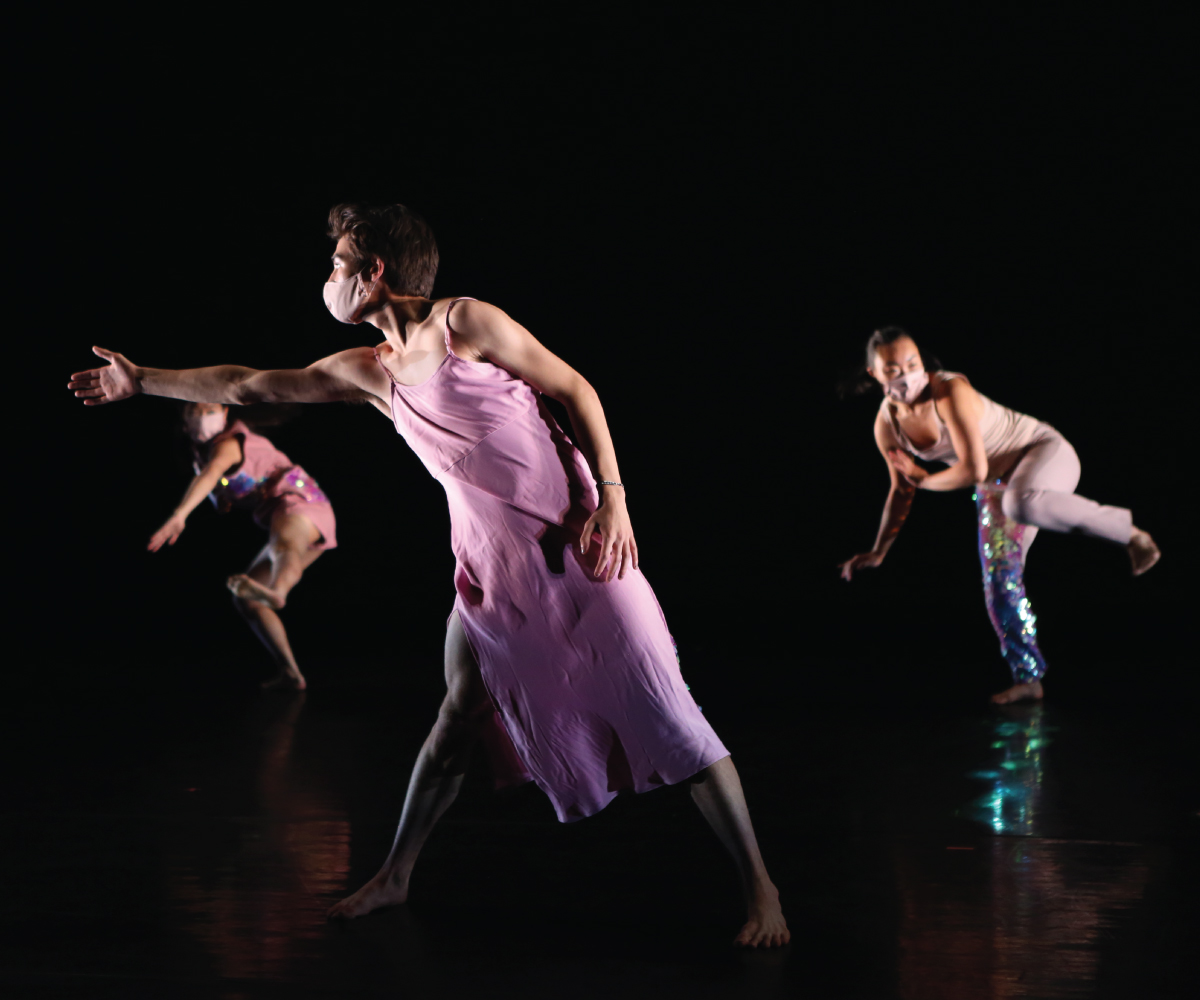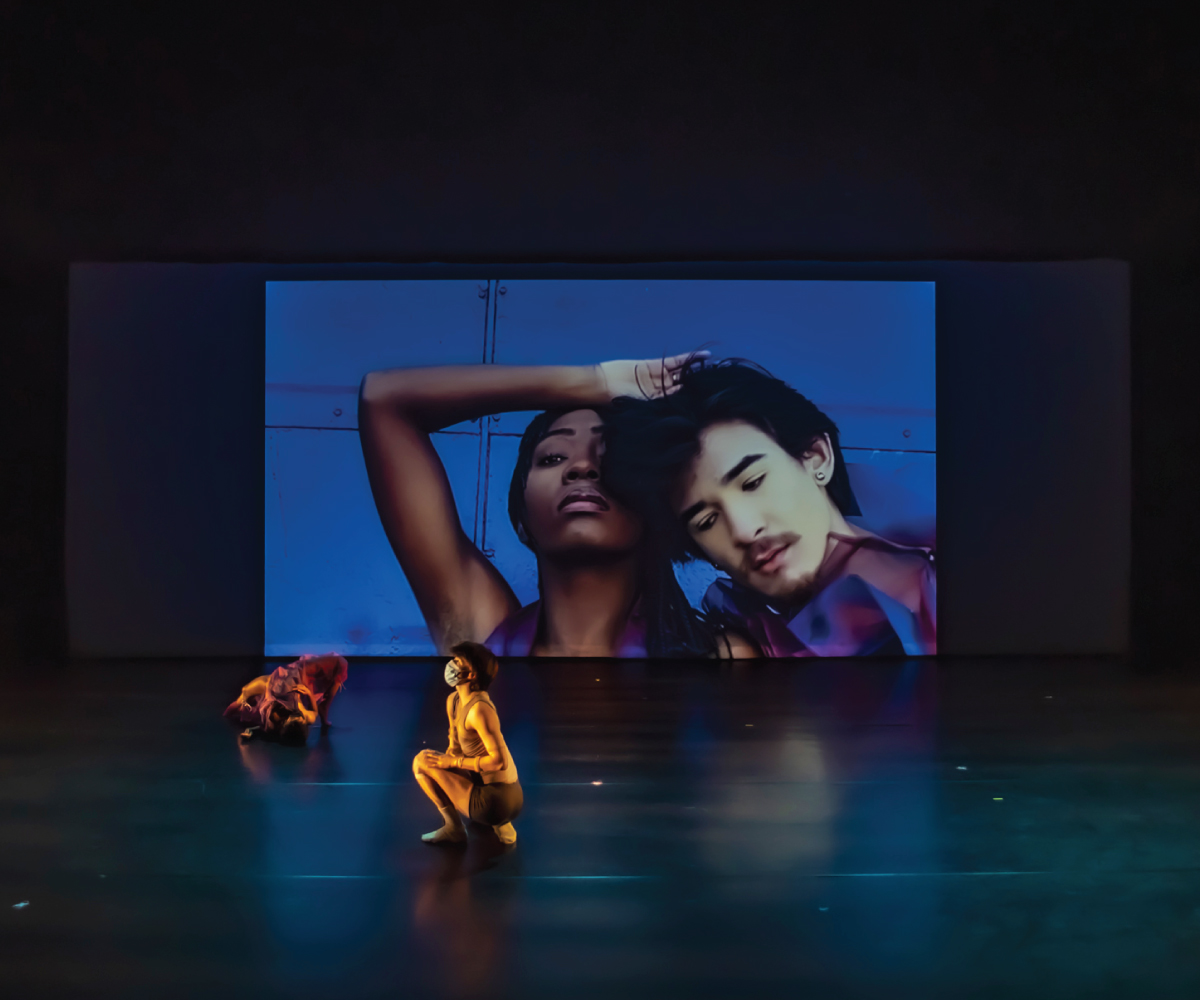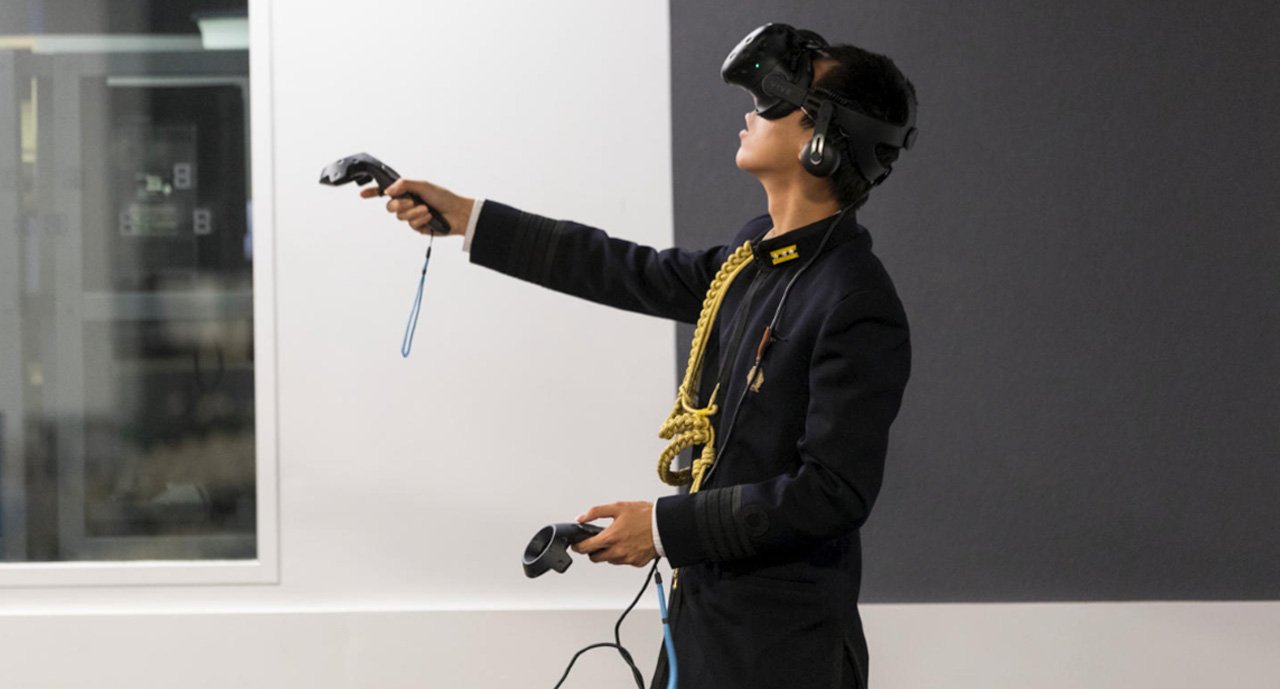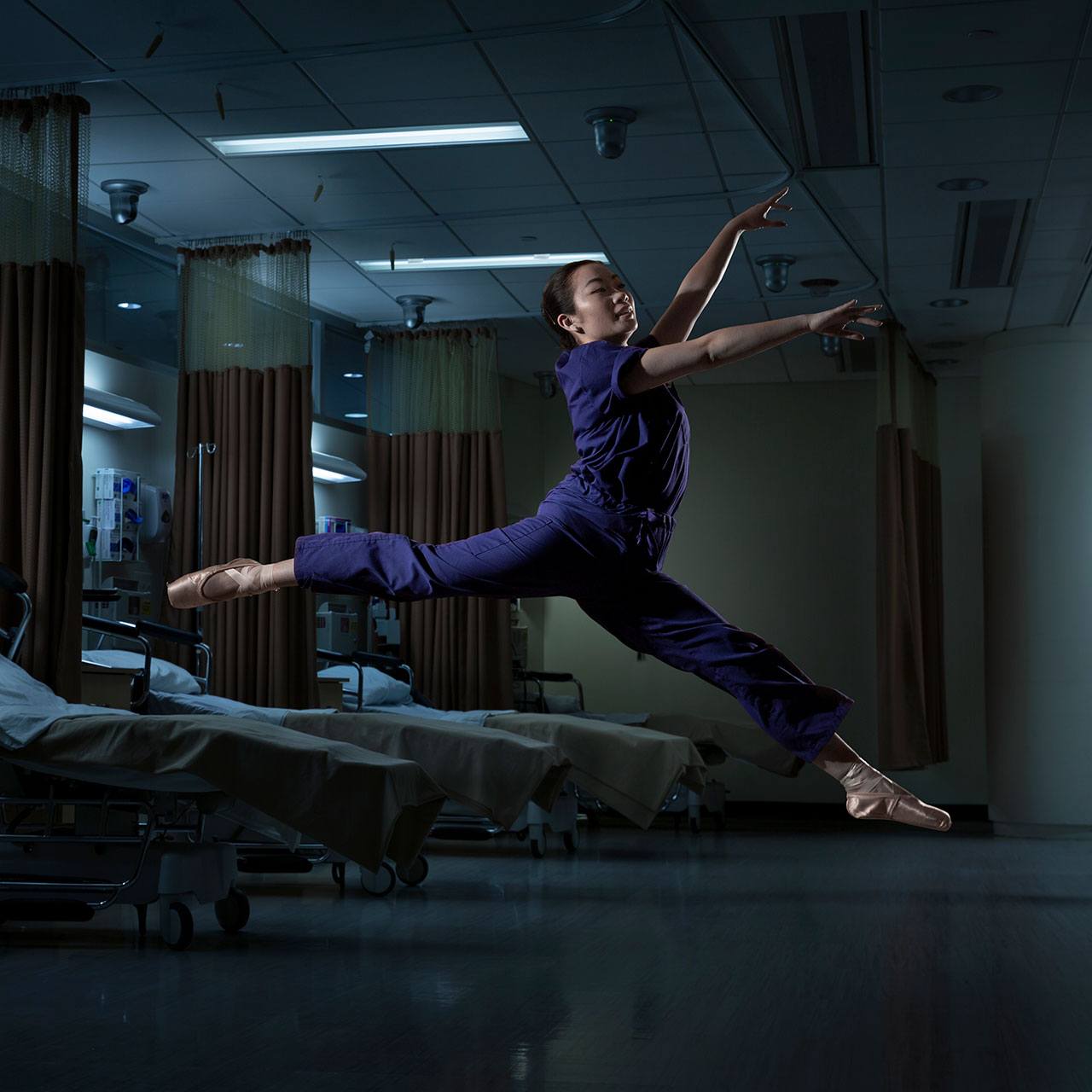
For Tisch Class of 2021 graduate and contemporary dancer Cameron Glyndon Surh, walking the line between security and danger is the essence of dance. Cameron, who uses both “he” and “they” pronouns, also has a Business of Entertainment, Media, and Technology minor. He favors improvisation as a way to express himself. He uses it o look inward and draw from wells of ability stored deep inside muscle and bone. “I unlock new parts of myself all the time,” he says, reflecting on both the physical demands and the emotional component of his art. “The sweat never gets old.”
Embracing the Sweat
Cameron began dancing at age 6. They first studied classical ballet before finding contemporary dance in high school. They have an impressive number of performances under their belt. Cameron performed at festivals, such as Dumbo Dance Festival and Your Move Dance, and in classics like The Nutcracker and Swan Lake. But no matter when or where they’re dancing, they look to their fellow dancers for inspiration. “Finding moments of community brings me joy,” they say. “I think one of my top experiences in the studio is drawing ideas from my friends.”
In October 2020, Cameron performed in a piece by Chuck Wilts titled Ebb. Then, this spring, they performed in Bubbles and Bruises with Second Avenue Dance Company. This new work, choreographed by 2020 Guggenheim Fellow Shamel Pitts, was a chance for Cameron to reunite with their peers after a year of isolation. “It was a treat working with Pitts, who has the courage to make high-caliber work now. And to do it gracefully with masks, social distancing, and the other technicalities that come with a healthy 2021 production,” Cameron says. “Getting on the stage with my peers, after not seeing many of them since last March, is something we were all so grateful for.”

bHü99!N and Exploring Digital Media
Cameron branched out into the world of digital media after attending a showing at NYU’s Interactive Telecommunications Program that synthesized dance and interactive technology. “At the time I was taking introductory coding classes, and I knew I wanted to get my hands on these tools,” he says. Tisch’s dance department gave him the freedom to pivot. So he delved into visual programming softwares. Cameron adds, “My program gave me the flexibility to take coding, art history, media, and production classes. Other conservatories just don’t have the wealth of academic resources that NYU covers.”
In October 2020, Cameron cochoreographed, mixed music for, and created motion capture avatars for a performance titled bHü99!N (pronounced “buggin’”). Since then, he has showcased dance works using digital techniques like real-time animations. He also used Maya Man’s PoseNet Sketchbook to teach dance composition to high schoolers in a special outreach program. Students were able to practice using motion capture technology with only a web browser. “This is the direction I see my personal projects going in,” he says. “I want to be a part of every aspect in the process, to create sustainable worlds that can speak to people—and keep expanding my vocabulary in other artistic outlets.”



